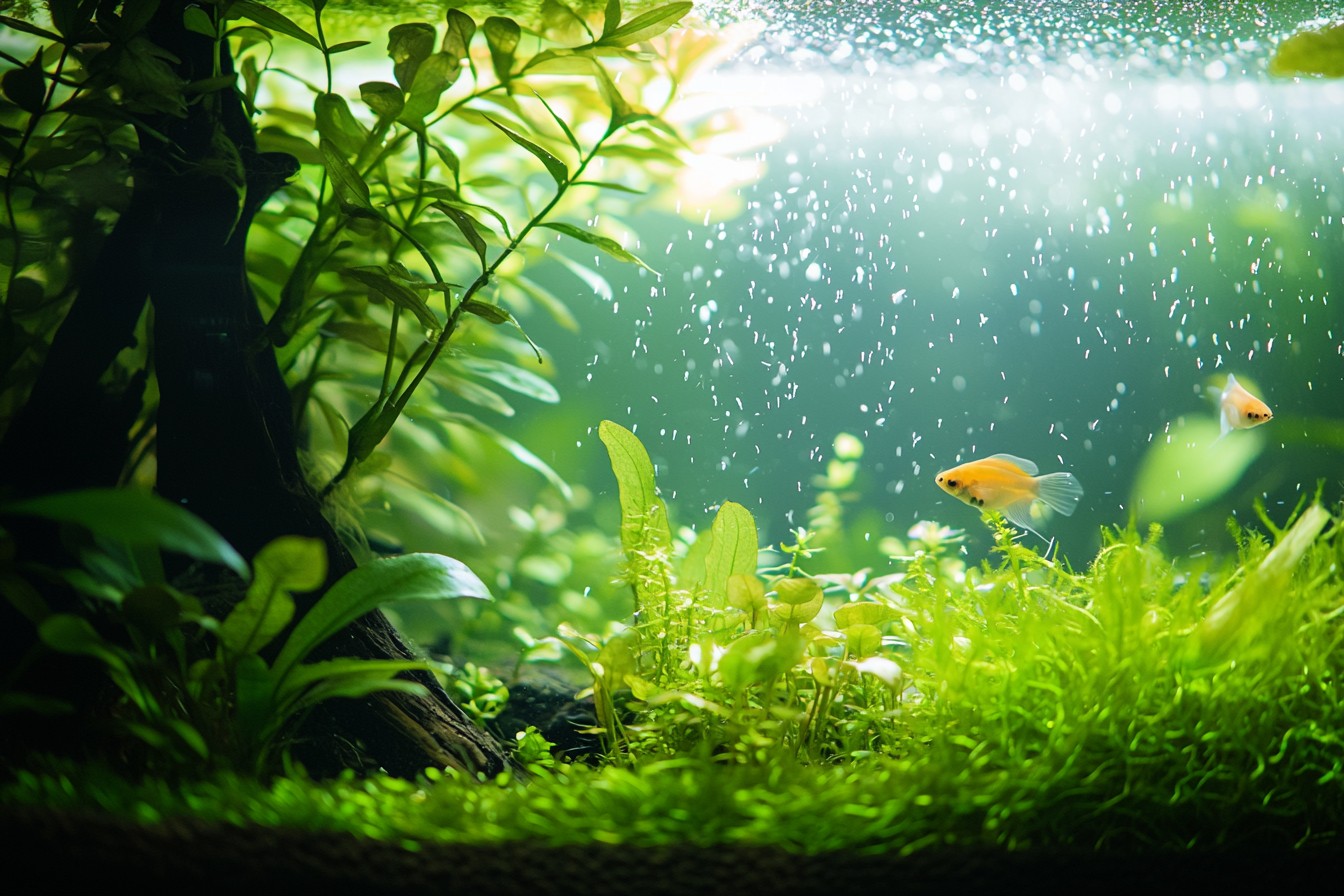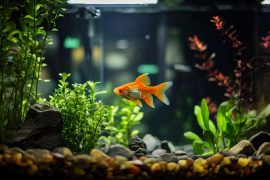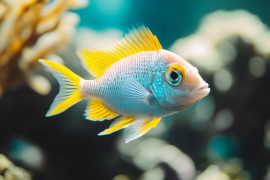When people ask me why their tanks fail, I usually find the same culprit lurking behind cloudy water, mysterious fish deaths, and rampant algae growth: inconsistent maintenance. I get it. Life gets busy.
That water change you meant to do Saturday gets pushed to Sunday, then maybe next weekend, and suddenly it’s been a month since you’ve siphoned gravel or cleaned a filter. We’ve all been there. But after fifteen years of maintaining everything from nano shrimp tanks to massive reef systems, I’ve learned that regular maintenance isn’t just about being disciplined—it’s about designing routines that actually fit into real life.
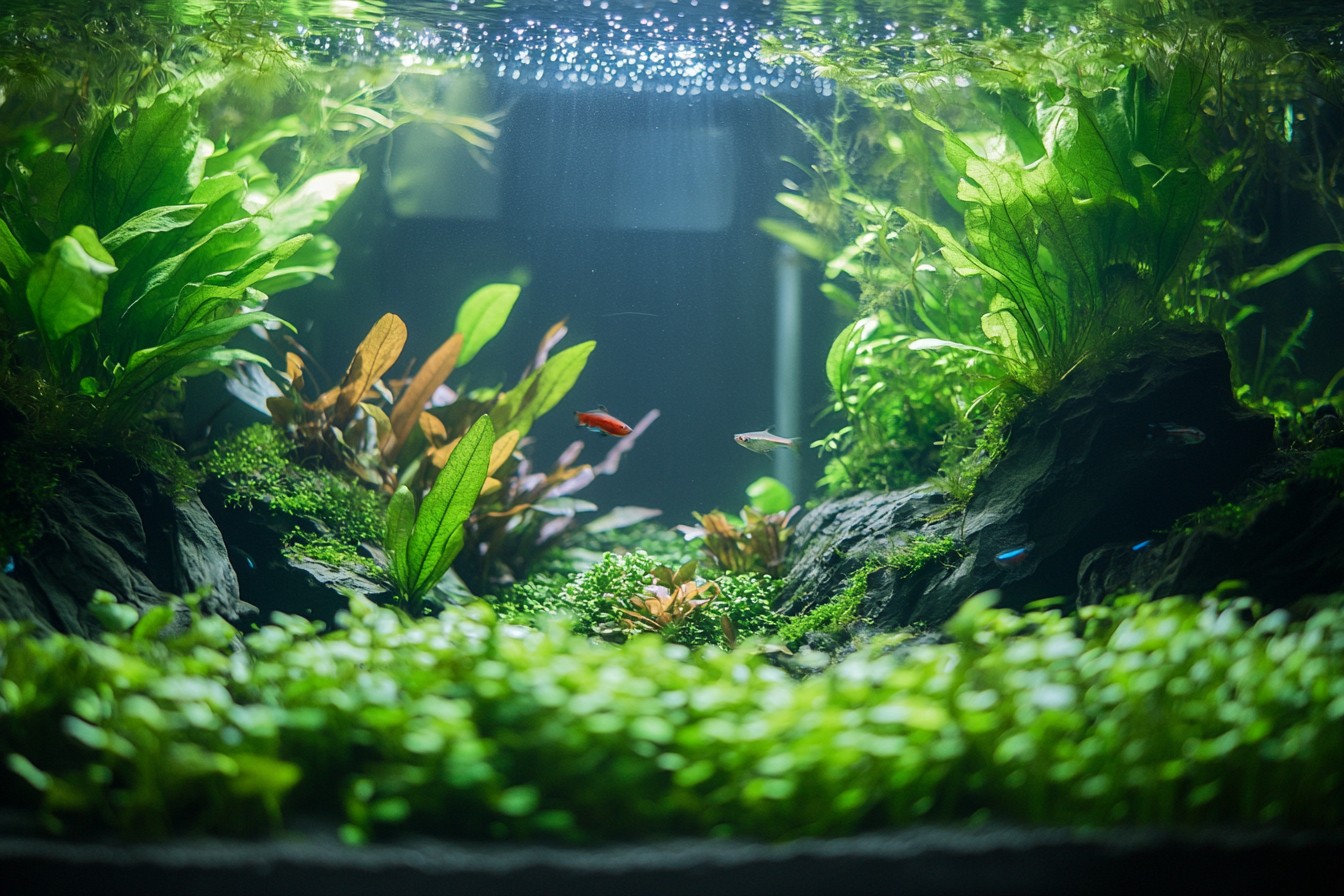
For years I approached tank maintenance like an emergency response team, swooping in when problems appeared and making dramatic water changes or filter cleanings to solve immediate crises. The results were predictably inconsistent. One particular disaster stands out in my memory: I neglected my 65-gallon community tank during a hectic month of work deadlines.
When I finally found time for maintenance, I changed 70% of the water, cleaned both filters thoroughly, and scrubbed every surface. The tank looked immaculate…for about three days. Then the bacterial bloom hit, parameters crashed, and I lost five years-old angels that had survived multiple moves and tank upgrades.
Too much maintenance all at once had destroyed the system’s biological balance as completely as neglect would have. That painful lesson taught me what has become my maintenance mantra: small, consistent actions prevent large, emergency interventions. These days, my tanks run like clockwork not because I’m extraordinarily disciplined, but because I’ve developed sustainable routines that work with my schedule and energy levels.
I’ve broken maintenance into manageable daily, weekly, and monthly tasks that take surprisingly little time but yield consistently healthy, beautiful tanks. Let’s start with daily tasks, which I’ve streamlined to the absolute essentials. Each morning while coffee brews, I spend exactly two minutes per tank doing a quick visual inspection.
I’m looking for obvious issues: fish behavior changes, equipment failures, sudden clouding, or any other red flags that need immediate attention. This habit has caught problems before they escalated more times than I can count. Last year, this quick check revealed a heater malfunction in my discus tank before temperatures reached dangerous levels.
Two minutes saved years of careful breeding work. Feeding is obviously a daily activity, but I approach it as maintenance rather than just dropping in food. I vary feeding spots to prevent territory aggression and use feeding time to count fish and observe behavior up close.
For bottom feeders, I ensure food reaches them rather than being intercepted by mid-water species. This deliberate approach takes no longer than haphazard feeding but transforms a basic task into a valuable assessment opportunity. Weekly tasks form the backbone of my maintenance system.
Water changes top the list, but I’ve abandoned the “massive monthly change” approach in favor of smaller, more frequent refreshes. For most established tanks, I change 15-20% weekly rather than 50%+ monthly. This prevents the parameter swings that stress fish and trigger algae blooms.
These smaller changes are quicker, physically easier, and cause minimal disruption to the tank’s balance. The Python water changer revolutionized this process for me. No more buckets, no more back strain.
I can change water in my 125-gallon in under 15 minutes, including mixing dechlorinator. For smaller tanks where the Python isn’t practical, I keep dedicated buckets with volume markings that eliminate guesswork. On multi-tank water change days, I create an assembly line workflow, draining several tanks sequentially before refilling, minimizing wasted movement and time.
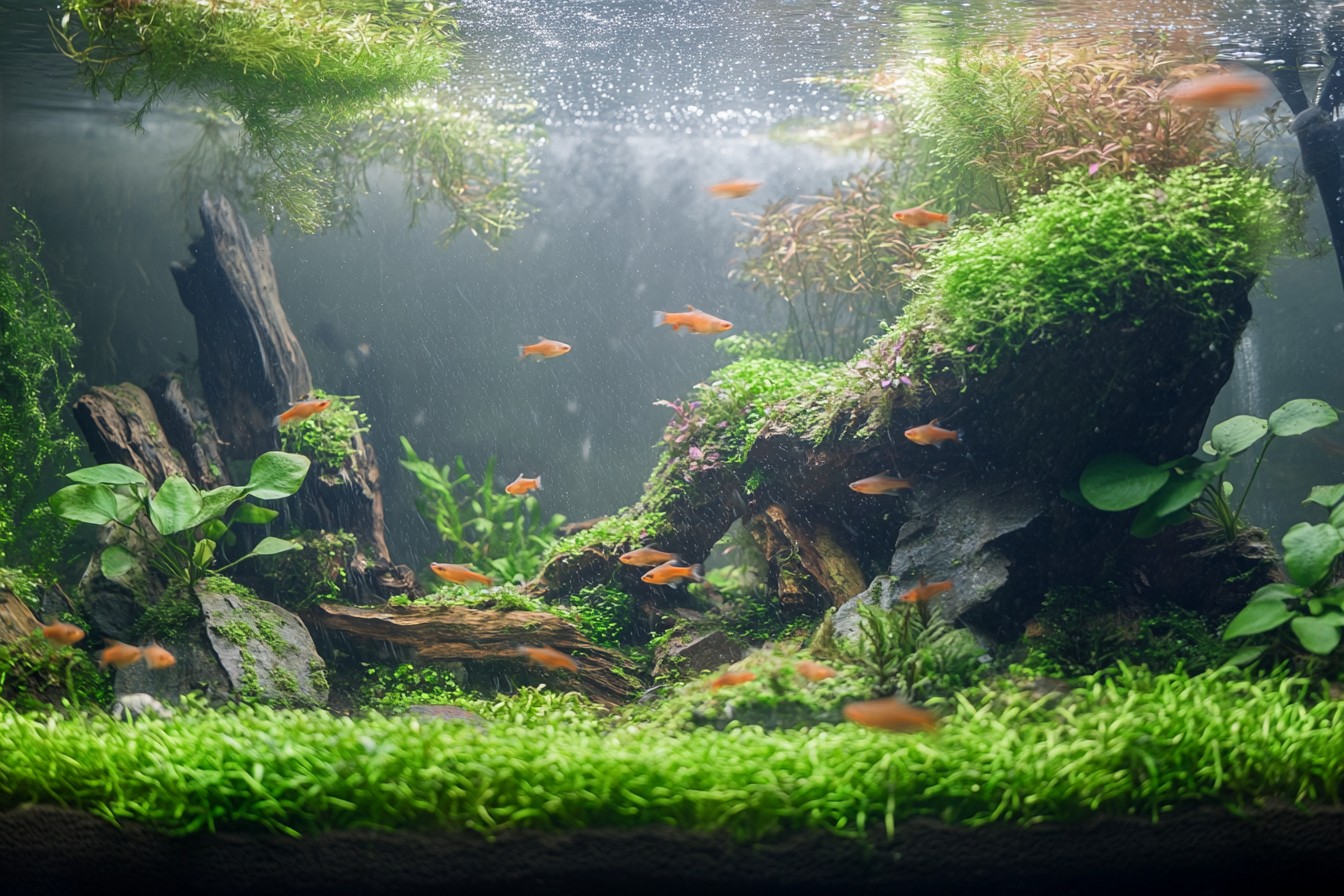
Glass cleaning happens weekly but with a strategic approach. I don’t clean every surface—just viewing panels that impact enjoyment. Back glass often harbors beneficial microfauna and periphyton that contribute to ecosystem health, so I leave them unless algae growth becomes problematic.
For planted tanks, I use long tweezers to remove visible dead leaves during this time, preventing them from decomposing and releasing nutrients that feed algae. Filter maintenance follows a staggered schedule to preserve biological filtration. For tanks with multiple filters, I never clean all filtration systems simultaneously.
In single-filter tanks, I clean different media on alternating weeks—mechanical one week, chemical the next, never touching biological media unless absolutely necessary. When biological media cleaning is unavoidable, I rinse it gently in removed tank water rather than tap water, preserving as much beneficial bacteria as possible. This gentle approach to filter maintenance was hard-earned wisdom.
Early in my hobby journey, I destroyed a thriving tank by simultaneously cleaning all filter media in tap water, effectively sterilizing my biological filtration overnight. The resulting ammonia spike wiped out half my stock. Never again.
Substrate cleaning is targeted rather than comprehensive. I’ve abandoned the “vacuum every square inch weekly” approach in favor of focusing on visible detritus accumulation and high-traffic feeding areas. In heavily planted sections, aggressive vacuuming damages root systems and disturbs beneficial substrate bacteria.
Instead, I lightly hover the siphon above these areas, removing surface waste while leaving the substrate ecosystem intact. Equipment checks round out my weekly routine. I visually inspect heaters for cracks, verify thermometer readings against a reliable reference thermometer, check filter flow rates, and ensure air pumps maintain consistent output.
This preventative approach has helped me catch failing equipment before catastrophic malfunctions occur. When I spot potential issues, I don’t wait—immediate replacement has prevented countless emergencies. Monthly tasks focus on deeper cleaning and system evaluation.
The first week of each month, I perform what I call a “parameter reset”—testing the full spectrum of water parameters and comparing them to historical values rather than just checking against acceptable ranges. This trending approach helps identify gradual shifts that might otherwise go unnoticed until they cause problems. For instance, slowly declining pH might not trigger immediate concern if still within acceptable range, but recognizing the trend allows for intervention before it reaches critical levels.
Detailed equipment maintenance happens monthly. Filters receive deep cleaning on a rotational basis—never all at once to preserve biological stability. I disassemble and inspect impellers, clear intake strainers, and replace worn gaskets before they fail.
UV sterilizers get bulb time checks and quartz sleeve cleaning. Protein skimmers in marine systems receive thorough disassembly and cleaning to maintain peak efficiency. For canister filters, I’ve developed a specific protocol that maintains biological function while ensuring mechanical efficiency.
I replace or clean only one-third of the media during any maintenance session, maintaining bacterial colonies while preventing flow restriction. The order matters too—mechanical media gets attention first, then chemical, with biological media touched only every third cleaning. This approach has virtually eliminated the “post-filter-cleaning mini-cycle” that plagued my early tanks.
Hardscape and décor receive monthly attention but with a gentle approach. Rather than removing and scrubbing everything, I spot clean visible algae using soft brushes and target areas where detritus accumulates. Complete hardscape removal disturbs territories, destroys biofilm development, and stresses fish.
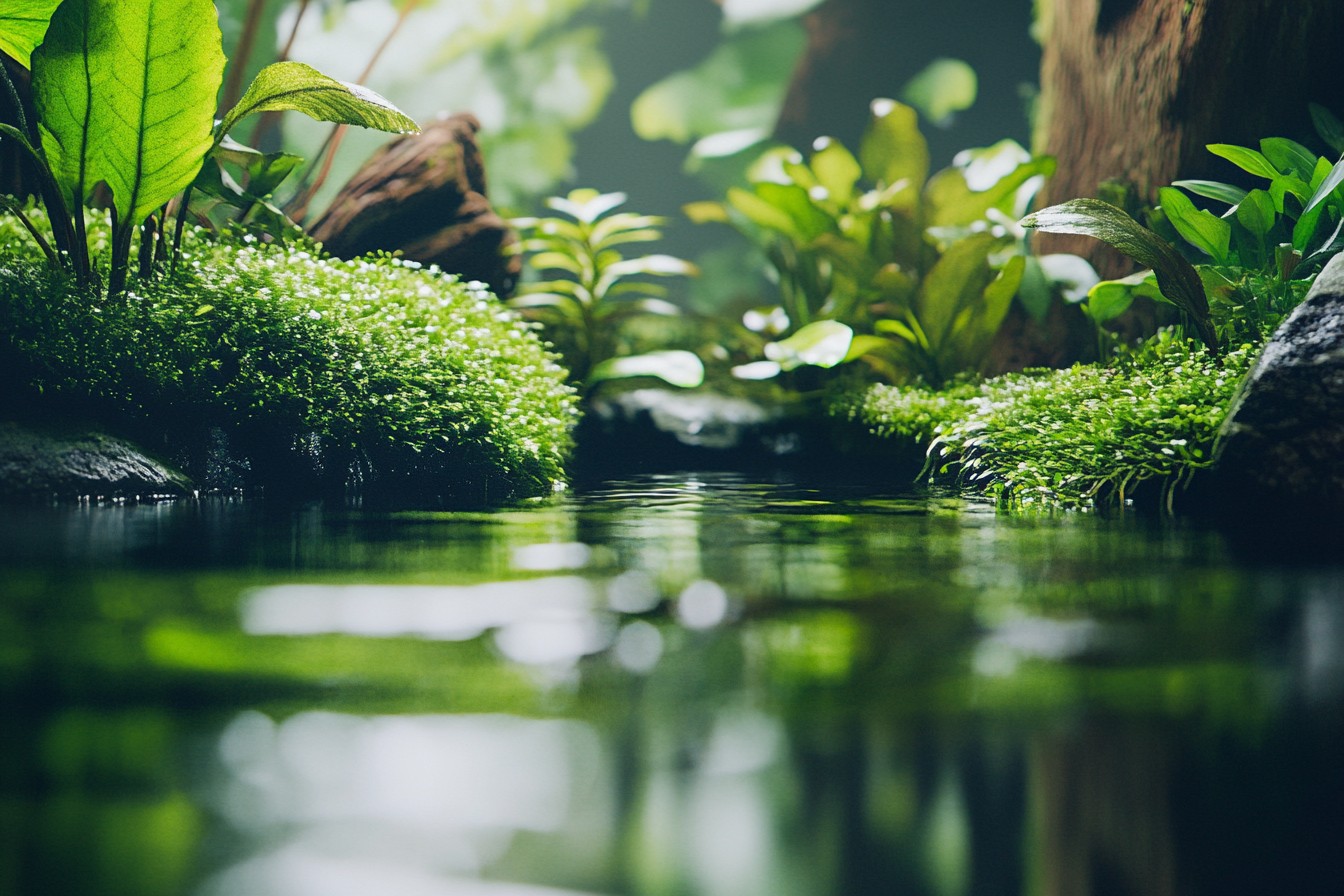
Instead, I’ve adopted the “controlled neglect” philosophy—allowing natural aging of hardscape while preventing it from becoming problematic. In planted tanks, monthly maintenance includes targeted pruning and root tab fertilizer replacement in substrate zones where heavy root feeders show diminished growth. Rather than aggressive “reset” trimming that shocks plants and releases massive nutrient loads, I trim approximately one-third of overgrown plants each session, maintaining photosynthetic capacity while controlling growth.
This approach prevents the post-trim algae blooms common with more aggressive pruning strategies. Quarterly (or seasonal) deep maintenance completes my routine. Every three months, I perform more comprehensive evaluations and maintenance that would be excessive on a monthly basis.
This includes replacing worn silicone airline tubing, recalibrating test kits with reference solutions, cleaning external equipment like lighting fixtures, and evaluating long-term stocking decisions and compatibility. For filters, quarterly maintenance includes replacing worn O-rings and inspecting media that normally remains untouched. In canister filters, I check pressure points and connections for potential failure.
For sumps and overflow systems, I verify emergency overflow functionality and backup systems. This preventative approach has dramatically reduced emergency situations in my fishroom. Tank evolution conversations happen quarterly.
I review notes about fish growth, behavior changes, and plant development to make informed decisions about potential livestock changes or aquascaping adjustments. This deliberate evaluation prevents the impulsive additions that often lead to overstocking or compatibility issues. Automation has transformed my maintenance capability, particularly for multiple tank systems.
Simple timer-controlled water change systems perform small daily water changes in sensitive tanks without intervention. Auto-feeders with rechargeable batteries ensure consistent feeding during travel. Rather than fighting against my occasionally chaotic schedule, these systems work with it to maintain stability.
Documentation might seem excessive, but has proven invaluable. I keep simple maintenance logs using a waterproof notebook in my fish room, tracking water parameters, maintenance dates, and observations. This record-keeping has revealed patterns I would have missed otherwise—like the connection between my emergency business travel and subsequent disease outbreaks due to disrupted maintenance routines.
Now I arrange coverage for critical tasks when travel is unavoidable. The most important element of successful maintenance isn’t equipment or technique—it’s consistency. A mediocre maintenance routine performed reliably yields better results than perfect maintenance performed sporadically.
I’ve developed maintenance habits that fit naturally into my life rather than requiring monumental discipline. Water changes happen Sunday mornings while listening to podcasts. Quick inspections coincide with morning coffee.
Equipment checks occur during evening feeding. By linking maintenance to existing habits, it becomes automatic rather than burdensome. This approach transformed maintenance from dreaded chore to satisfying ritual.
There’s genuine pleasure in these small acts of care—watching fish respond to freshened water, seeing plants pearl after pruning, observing the subtle improvements that come from consistent attention. The key is sustainability—designing routines that you’ll actually perform rather than ambitious schedules that collapse under real-life pressures. After fifteen years and countless tanks, I’ve learned that spectacular aquariums rarely result from breakthrough techniques or expensive equipment.
They emerge from mundane consistency—the accumulated benefits of small, regular maintenance actions performed without fail. My most impressive tanks aren’t the ones where I’ve applied complex methods, but those where I’ve most faithfully maintained basic routines. In aquarium keeping, as in many pursuits, mastery isn’t about grand gestures but about showing up consistently, day after day, week after week, to perform the small actions that culminate in remarkable results.
